10 Ways To Cool Down An Overheating Mac

I think there's an issue with my storage device, but I'm not sure
Start a free evaluationYou should be concerned if your Mac is overheating since it can lead to several issues, including malfunction and data loss. Mishandling can cause more harm to your devices than many other factors. If your MacBook gets too hot, it can damage its internal components and reduce the battery’s lifespan. So, if you notice that your fan is spinning more than usual or if your MacBook seems to be running hotter than usual, you can do a few things to cool it down. This article explores the cause of MacBook overheating and gives solutions to cool the Apple device down.
Why is my Mac overheating?
Several factors can cause your MacBook to overheat. By understanding these factors, you can keep your device working at the proper temperature.
- Heavy programs
- Streaming video for extended periods
- Dust inside the MacBook
- Blocked vents interfering with air circulation
- Faulty fan
- Battery issues
- Malware and Viruses
How to cool down an overheating Mac
When you notice your MacBook Air or MacBook Pro overheating, shut it down and wait a few minutes. If it keeps getting hot once you start using it again, then you should investigate why the laptop is overheating.Follow the next list to identify the causes of overheating and cool down your Mac.
1. Remove the Mac from direct sunlight
The sun’s heat and other extreme climate temperatures can cause the MacBook to overheat. Removing the Mac from the direction of the sunlight can help cool it down.
2. Use your MacBook on an appropriate surface
Although laptops are easy to carry around and use anywhere, it’s not recommended that you do so. Using your laptop on soft surfaces can block the vents, preventing hot air from escaping and causing the laptop to overheat.Any material can block the vents, preventing the MacBook Air or MacBook Pro from adjusting its internal temperature, especially if you’re using your MacBook while on the sofa or bed.Keeping your laptop on a hard, flat surface also helps both cooling and avoiding Mac overheating because it allows air to circulate more easily.
3. Use a laptop stand or cooler
Consider investing in a laptop stand or cooler to provide your machine with extra air circulation while in use. A cooler can be particularly helpful on hot days or during heavy usage when the MacBook's built-in fan may not be sufficient[caption id="attachment_47919" align="alignnone" width="900"]
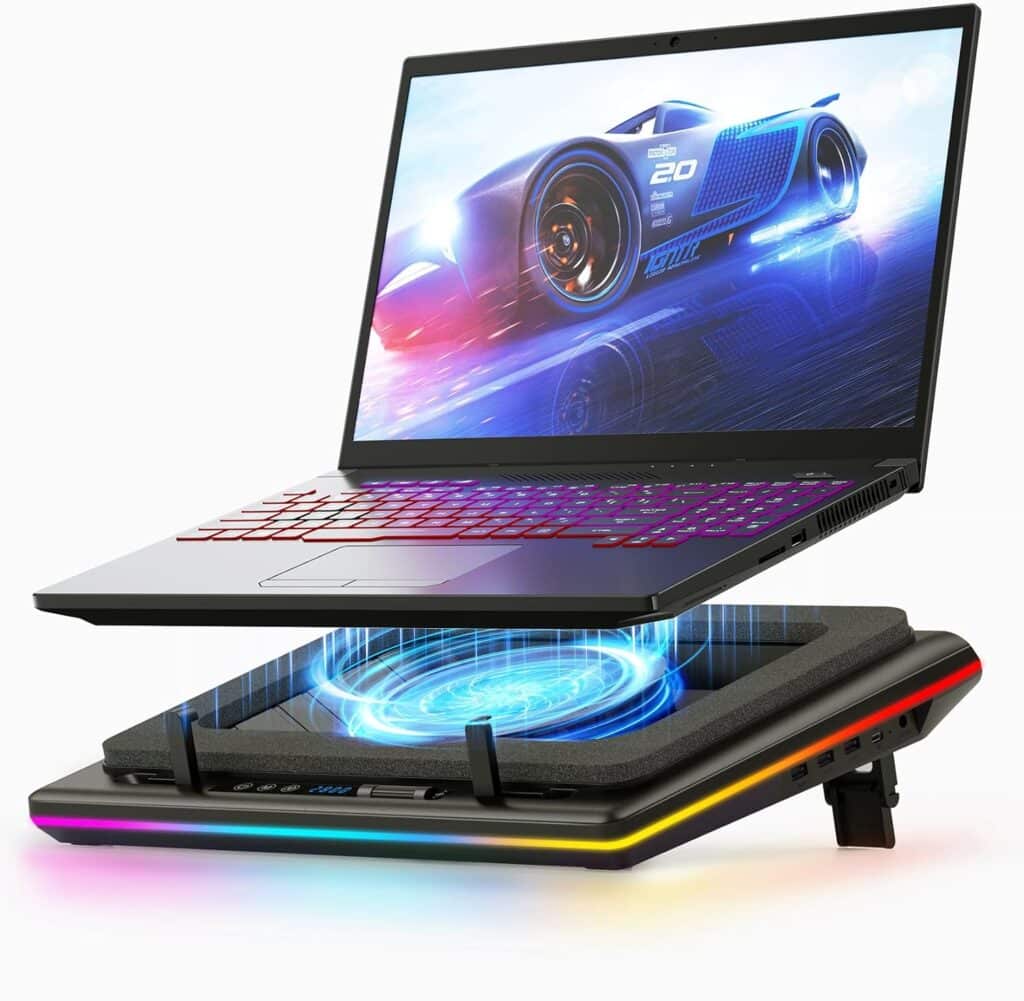
source: Amazon.com[/caption]
4. Use Activity Monitor
The more activities you have on your MacBook, the more the engines run, the harder your computer works, and the warmer it gets. An overloaded CPU (central processing unit) for an extended period will overheat your Mac. Check the Activity Monitor to ensure your CPU isn't overloaded.To do it, go to:
Finder > Applications > Utilities > Activity Monitor
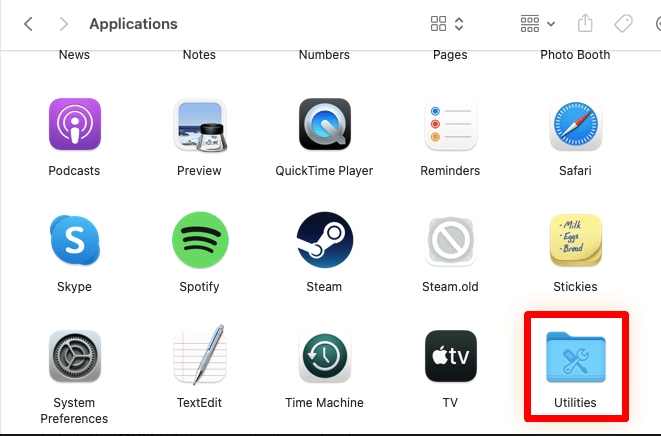
On the Activity Monitor, click the CPU tab. Then, find which applications are consuming the most processing resources. The % CPU column shows this.Select intensive processes and use the X button to shut them down, reducing the load on your CPU.

5. Clean your MacBook vents
It is always recommended that you clean out your MacBook Air and MacBook Pro regularly. This means removing physical debris from around the vents and addressing any software issues contributing to excessive heat buildup. If you are confident you can open your device without damaging it, remove the bottom of your MacBook and gently clean any dust from the fans and vents.
6. Close some browser tabs and programs
Too many tabs in your browser can cause your Mac to overheat. That’s because they consume your computer’s performance in the background, which can interfere with your machine's speed and memory.All this together can overheat the MacBook. Closing tabs you're not using can help your computer cool down.The same happens when you use a lot of software at once. Your computer’s processors will work harder, and so will your fan to keep everything at the normal temperature.Close some programs, especially those running in the background, to reduce the workload on your machine.
7. Keep your MacBook up to date
Ensure you install the latest software and firmware updates whenever possible, as these can help with cooling performance. Check the box to set an automatic update of macOS.[caption id="" align="alignnone" width="900"]
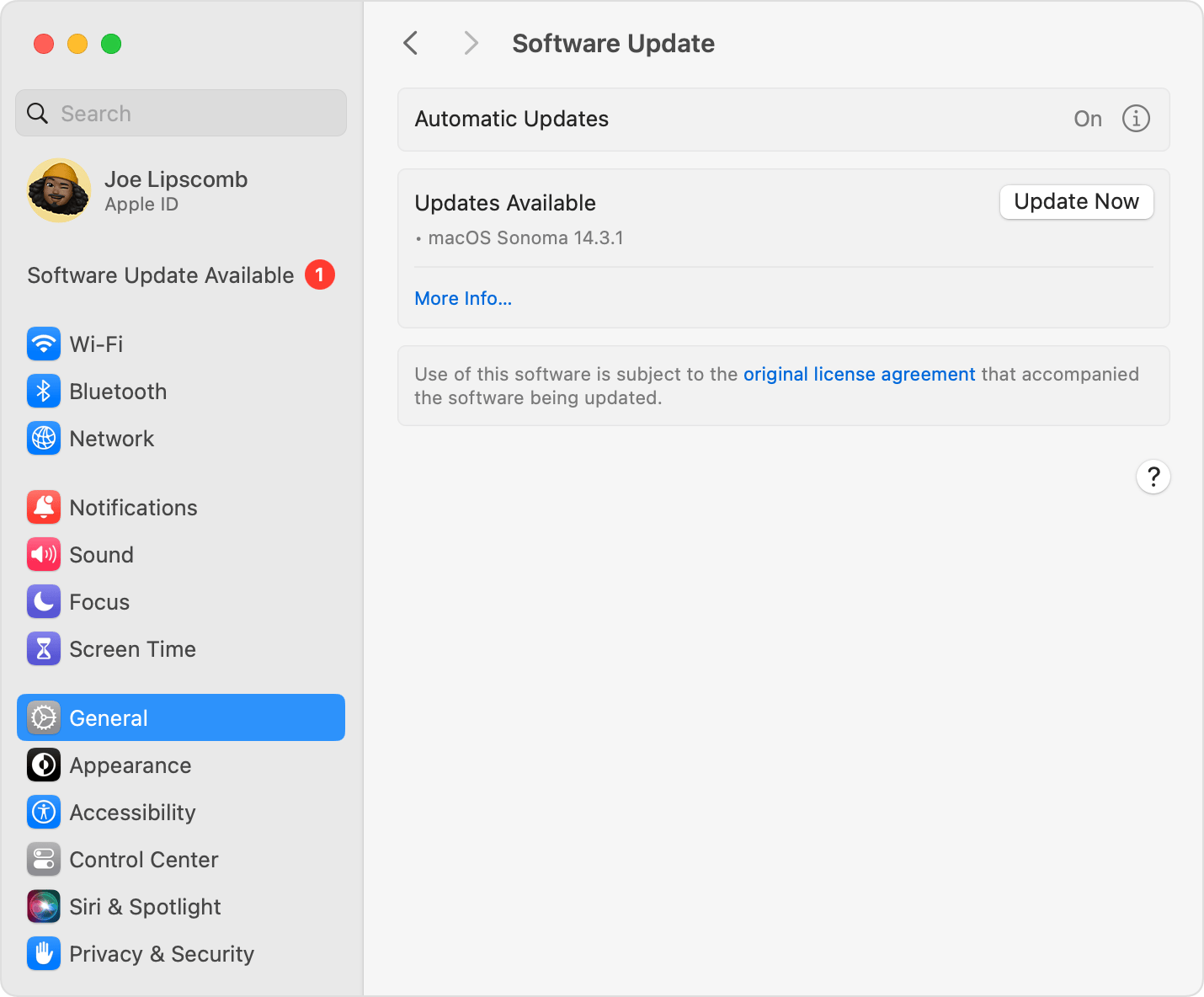
Source: Apple support[/caption]
8. Check your Mac’s fans
Although very unlikely, your MacBook fan can fail. Find out if this is the reason behind your Mac overheating by running a built-in Apple diagnostic tool.On a Mac using an Apple silicon processor:Step 1. Turn off your MacBook, leaving it plugged into an outlet.Step 2. Press and hold the Power buttonRelease the button when you see the startup options screen.

Step 3. Hold Command + D and follow the instructions to complete the test.Once the results are ready, look for any error codes that begin with “PPF.” These Mac error codes refer to fan issues. If you see any codes starting with 'PPF,' contact Apple support or a trustworthy service to address the problem.
9. Only use original or official brand peripherals
If you’re using a non-original charger, it can affect your battery performance and impact your computer’s heating.Anytime you need external parts or peripherals (HDDs, mouse, keyboard, etc.), choose those that Apple authorizes. This can help you avoid several issues, including preventing Mac overheating.
10. Scan the MacBook for viruses and malware
While Macs are generally less susceptible to viruses and malware than some other operating systems, they are not immune. Malicious software can cause your MacBook Air or MacBook Pro to overheat by consuming excessive system resources. Viruses and malware often run resource-intensive processes in the background, causing your CPU to work overtime and generate more heat. Some malware even uses your Mac's processing power to mine cryptocurrency, which is highly CPU-intensive and can cause significant overheating. In more sophisticated cases, malware might interfere with your Mac's built-in cooling mechanisms, preventing fans from working correctly. Some malicious programs continuously read from or write to your hard drive, causing additional heat generation or keeping your Mac from entering sleep mode, causing it to run hot even when you're not using it.Use the built-in macOS security features to combat these issues and prevent malware-induced overheating. Enable Gatekeeper:
System Preferences > Security & Privacy > General
Select "App Store and identified developers" under "Allow apps downloaded from." It's also important to stay vigilant for unusual behavior on your Mac using the Activity Monitor (found in Applications > Utilities) to check for processes consuming excessive CPU or memory.
Related services
These are the most commonly requested data recovery services. At our headquarters' cleanroom lab, our certified engineers conduct a thorough review of any type of physical storage device, determining if there is logical or physical damage and carefully restoring all of the lost files.ces.

External Drive Data Recovery
We recover data from both external SSD and HDD drives. Rely on certified experts to restore your important files from damaged or corrupted external drives.
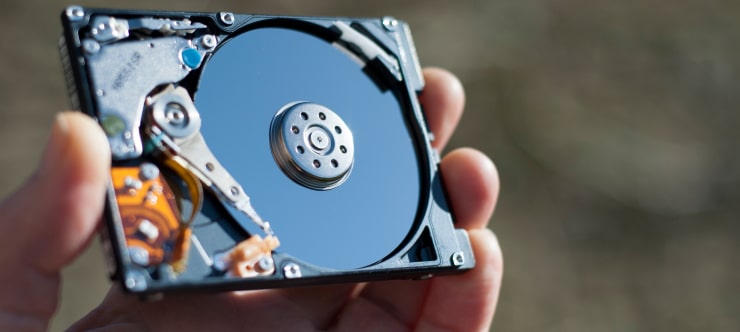
Hard Drive Data Recovery
Recover data from all brands of HDD, PC hard drives, and hybrid disks. Our specialists ensure fast and secure recovery for any data loss scenario.
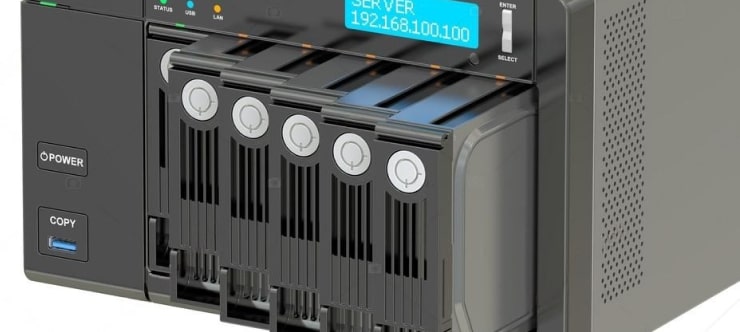
NAS Data Recovery
Recover data from NAS devices, including RAID configurations. Our team handles all types of NAS systems and ensures data recovery with minimal downtime.
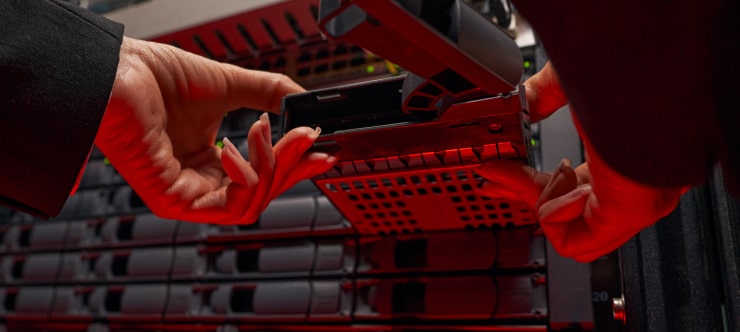
RAID Data Recovery
Our RAID data recovery services cover RAID 0, 1, 5, 10, and other configurations. We offer expert solutions for failed, degraded, or corrupted RAID arrays.

SAN Data Recovery
Our team specializes in handling SAN devices from leading manufacturers like Dell EMC, HP, and IBM, ensuring efficient recovery with minimal disruption to your operations.
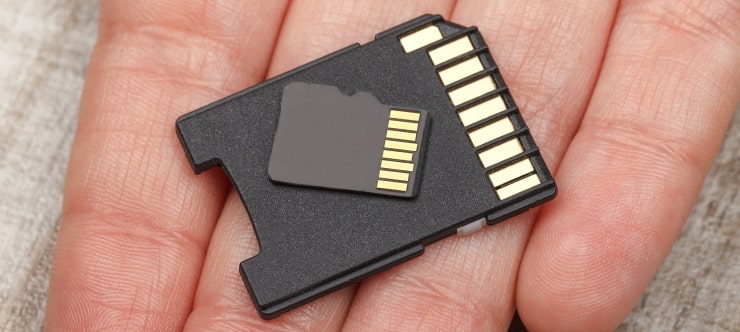
SD Card Data Recovery
Our recovery experts specialize in restoring data from SD and memory cards. We guarantee quick recovery with a no-data, no-charge policy.
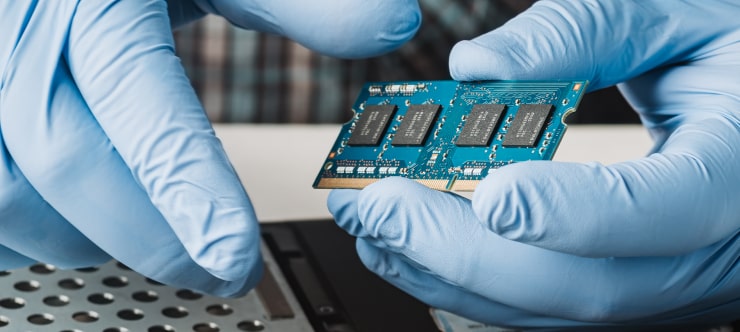
SSD Data Recovery
Our data recovery experts handle all SSD data loss scenarios with advanced tools, ensuring maximum recovery with high-security protocols.
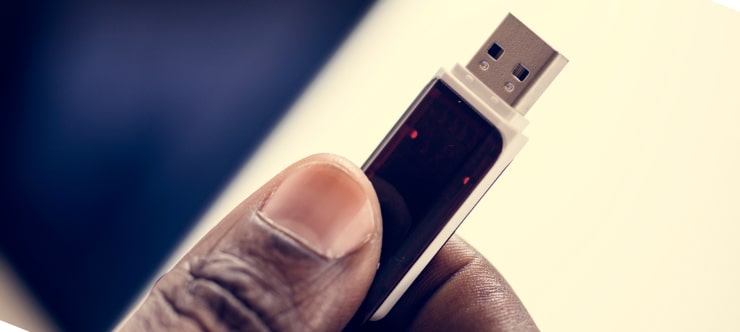
USB Flash Drive Data Recovery
Recover lost data from USB flash drives, regardless of the damage or brand. We offer free in-lab evaluations to assess data recovery needs.
If you’re unsure about which data recovery service to choose, let our team assist you in selecting the appropriate solutions. We understand the anxiety that comes with a sudden drive failure, and we are more prompt in our actions compared to other recovery service providers.



